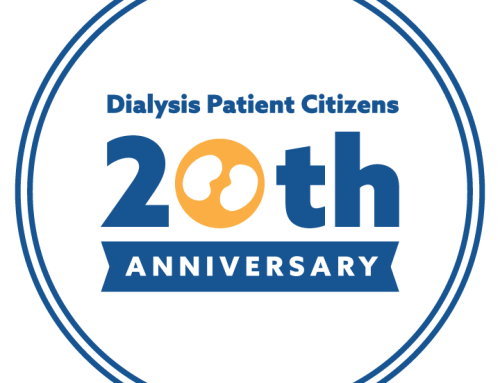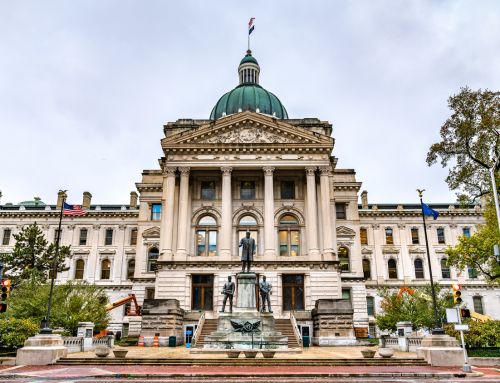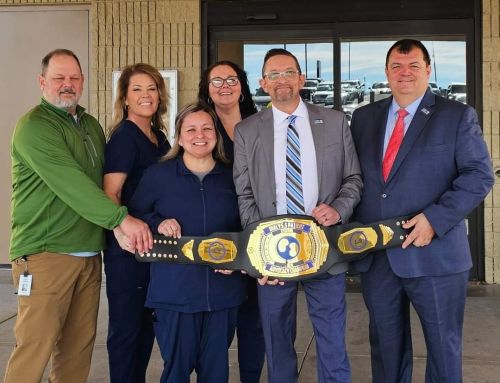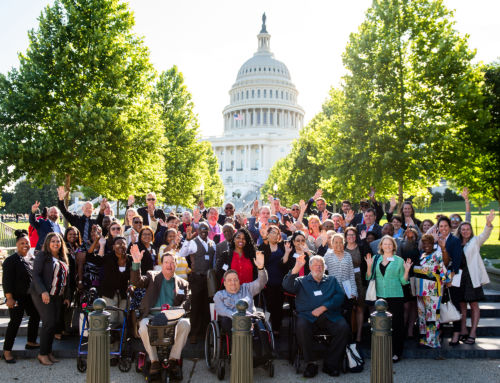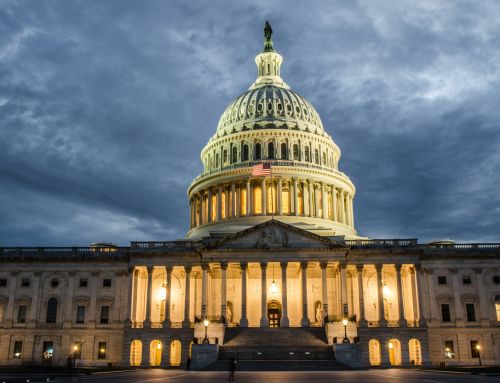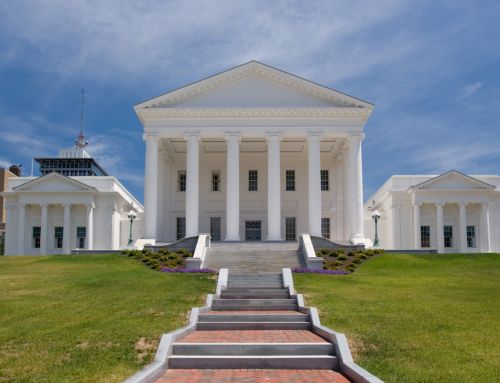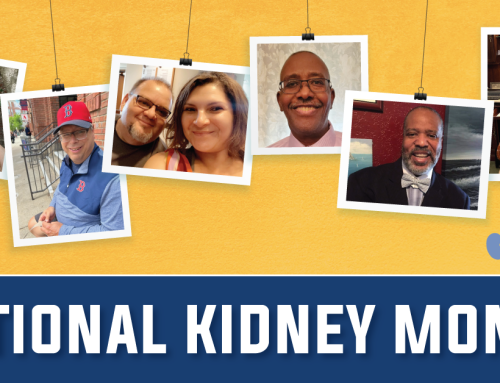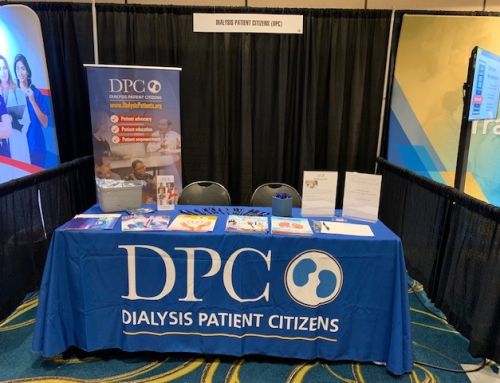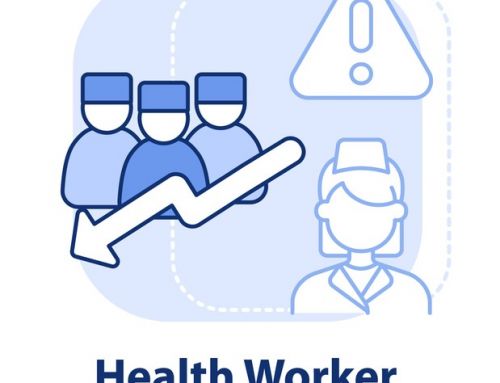Hon. Kevin Counihan
Center for Consumer and Information and Insurance Oversight
Centers for Medicare and Medicaid Services
Hubert H. Humphrey Building
200 Independence Ave, SW
Washington, D.C. 20201
Re: Essential Health Benefits – 2017 Benchmark Plans
Dear Deputy Director Counihan:
Dialysis Patient Citizens, America’s largest patient-led organization representing dialysis patients, is comprised of more than 28,000 dialysis and pre-dialysis patients and their families. We seek to ensure the patient point of view is considered by policy makers.
We are writing to comment on the Agency’s List of Proposed 2017 Essential Health Benefits (EHB) Benchmark Plans. States have four options for designating their EHB Benchmark Plan. Three of these options are group health plans, and all but one state has designated such a benchmark. These benchmark plans’ status as group health plans makes them subject to 42 U.S.C. 1395y(b)(1)(C), the Medicare Secondary Payer provision of the Social Security Act.
Subparagraph (C) provides that a group health plan may not take into account that an individual is entitled to or eligible for benefits under Medicare’s End-Stage Renal Disease (ESRD) entitlement during the 30-month period beginning with the individual’s eligibility, and may not differentiate in the benefits it provides between individuals having end stage renal disease and other individuals covered by such plan based upon an individual’s end stage renal disease. The intent of the provision is to permit ESRD patients to remain in commercial health plans for 30 months, should they so desire, before becoming Medicare beneficiaries.
The significance of §1395y(b)(1)(C) for individual plans under the Affordable Care Act is that when a group health plan is the benchmark, by operation of federal law it is subject to a requirement to cover ESRD-related services for 30 months. We are requesting that you clarify this requirement with regard to two states, Arkansas and Louisiana. The benchmark plan documents don’t explicitly list dialysis as a covered service, and the summary templates, in column B, “EHB,” are checked “no.”
We also request that you address ambiguity in other states’ documents. For instance, the Alaska summary template indicates that dialysis is an EHB, but dialysis is not called out in the plan document. Of course, regardless of whether dialysis is explicitly mentioned, it is a medically necessary service for persons with ESRD and should be covered on that basis.
On your web page, “Information on Essential Health Benefits (EHB) Benchmark Plans,” you state that “some of the benchmark plan designs may not comply with current federal requirements. Therefore, when designing plans that are substantially equal to the EHB benchmark plan issuers may need to conform plan benefits” to federal law. The web page calls out federal requirements relating to habilitative services and devices, mental health parity, and preventive services, among others.
We would ask that the Agency add dialysis treatment to this list. In addition to the requirements of the Social Security Act, 45 C.F.R § 156.125 specifies that a plan does not provide essential health benefits “if its benefit design, or the implementation of its benefit design, discriminates based on an individual’s age, expected length of life, present or predicted disability, degree of medical dependency, quality of life, or other health conditions.” Social Security Administration guidelines clearly state people that rely on renal replacement treatment to live qualify as disabled.
We are seeing in the market attempts by some insurers to force the disenrollment of ESRD patients on the pretext that they are eligible for Medicare. This is clearly illegal, and the Agency should signal its disapproval. With regard to EHB benchmark plans, plan documents for states including Delaware, Georgia, Maine, and New Hampshire reference Medicare eligibility in ways that seem to suggest that consumers eligible for Medicare ought to or must enroll in Medicare. For instance, the Delaware EOC states that “Anyone covered by this plan who becomes eligible for Medicare must apply for and retain both Parts A and B of Medicare in order to remain eligible for this plan, unless: federal law requires the group health plan be primary, or through Medicare’s ESRD program, he or she is not subject to a penalty for non-enrollment.” For the average ESRD patient reading these EOC documents, these sorts of statements are likely to create confusion as to whether they are required to enroll in Medicare in order to avoid negative consequences.
Further, language in the Oregon benchmark plan (which we have seen used by at least one other Oregon plan) purports to peg payments for ESRD to the Medicare fee schedule, which violates the ESRD non-differentiation requirement of the Social Security Act.
We urge CCIIO to address the inconsistencies on the website to ensure consumers are provided the most up-to-date, complete, and accurate information on their benefit and coverage options.
If a patient can lose coverage when his or her chronic kidney disease (CKD) progresses to end-stage renal disease, an insurer has a perverse financial incentive not to take all possible measures to preserve the patient’s kidney functions. This is because CKD typically accompanies other co-morbidities, making CKD patients more expensive than other enrollees. An insurer could off-load those expenses onto the Medicare program if the patient’s kidneys fail sooner rather than later. This perverse incentive is not present when plans pay for renal dialysis for at least 30 months before Medicare becomes the primary insurer. The onset of kidney failure marks a critical period in which continuity of care is crucial, which makes the recent coverage denials all the more disturbing.
While dialysis patients will always be grateful that Medicare benefits were extended to them in 1972, they may have good reasons to prefer their private coverage over Medicare. First, there is no coordination of care in fee-for-service Medicare, and ESRD patients are not permitted to enroll in Medicare Part C managed care plans. Second, Medicare Savings Program assistance is not as generous to low-income patients as are subsidies in the exchanges for patients with income between 100% and 200% of the poverty line. For persons earning between $11,000 and $23,000 a year, ACA guarantees that exchange health plans cover at least 87% of average medical expenses. This is not only more generous than Medicare, it is actually more generous than the average large employer-sponsored insurance plan. This assistance could be important for patients who experience the onset of serious illness well before they have accumulated pensions or retirement savings. Third, ESRD patients give commercial health plans higher satisfaction scores on the CAHPS survey than they give to Medicare.
Thank you for your consideration of our comments and concerns. If you have any questions or would like additional information, please do not hesitate to contact me or our Government Affairs Director Jackson Williams.
Sincerely,
Hrant Jamgochian, J.D., LL.M.
Executive Director






